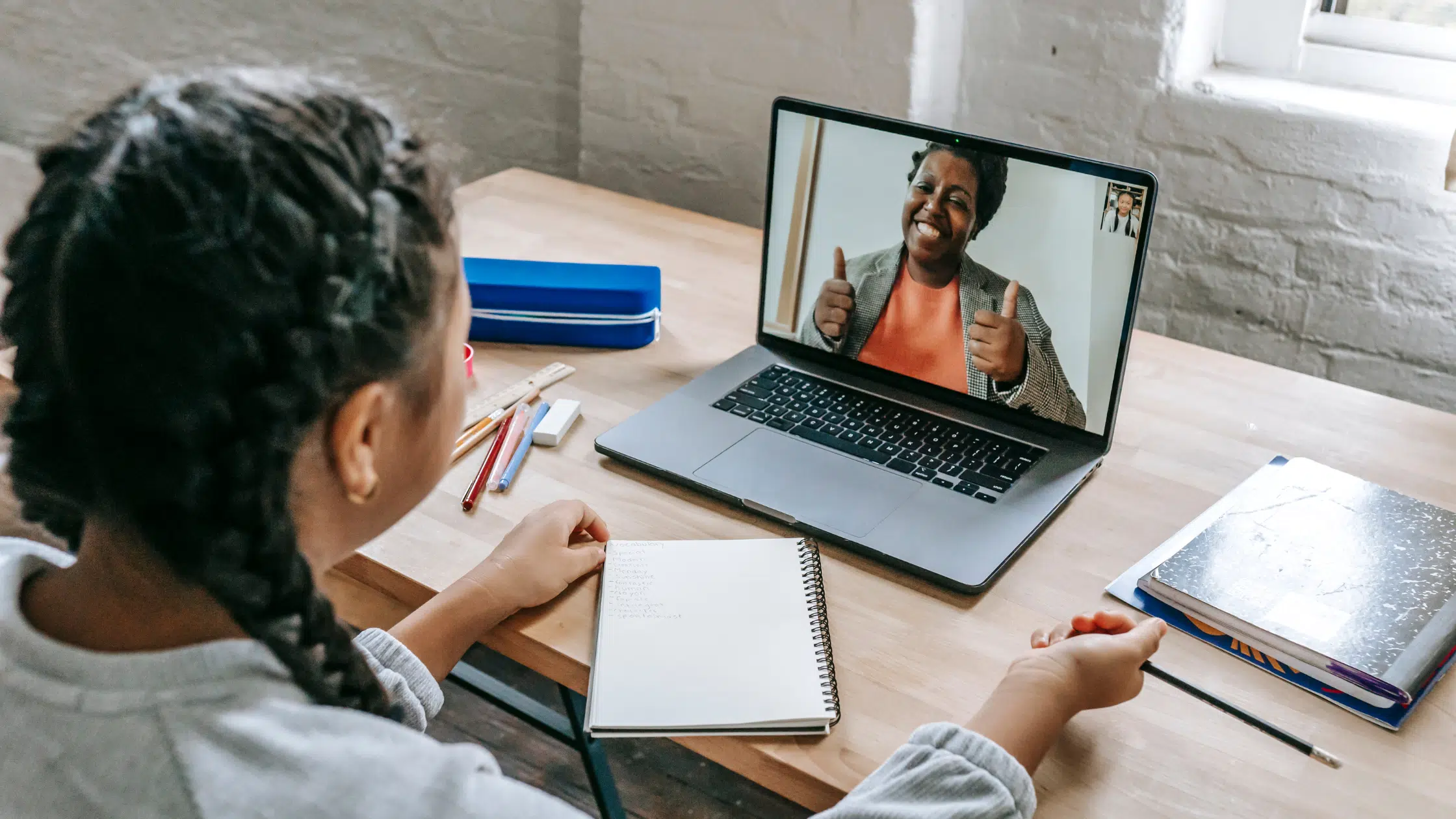Video Conferencing for Education: Tools and Techniques
The rise of video conferencing has transformed the landscape of education, making remote learning more accessible and effective than ever before. With the right tools and techniques, educators can create engaging virtual classrooms that mirror the interactivity of in-person learning. This blog will explore essential tools and techniques for video conferencing in education, ensuring that both teachers and students can make the most out of their online learning experiences.
Choosing the Right Video Conferencing Platform
Selecting the appropriate video conferencing platform is crucial for the success of online education. Popular platforms such as Zoom, Microsoft Teams, and Google Meet offer various features tailored to educational needs, such as breakout rooms, screen sharing, and integration with learning management systems (LMS). When choosing a platform, consider factors like ease of use, security, and the ability to support large groups of students.
Setting Up a Professional Virtual Classroom
Creating a professional and organized virtual classroom environment is key to fostering student engagement. Ensure that your background is clean and free from distractions, and use good lighting to make yourself clearly visible. Additionally, having a stable internet connection and quality audio equipment will help minimize disruptions during lessons. Encouraging students to also maintain a tidy and distraction-free environment will contribute to a more focused learning experience.

Utilizing Interactive Tools for Engagement
Interactive tools are vital for maintaining student engagement in a virtual setting. Features such as polls, quizzes, and breakout rooms allow for real-time interaction and collaboration. Platforms like Kahoot! and Mentimeter integrate seamlessly with video conferencing software, providing educators with creative ways to assess student understanding and encourage participation. Furthermore, using digital whiteboards can help illustrate concepts more effectively, replicating the experience of a physical classroom.
Implementing Effective Teaching Techniques
To maximize the effectiveness of video conferencing in education, it’s important to adapt teaching techniques to suit the virtual environment. Encourage active participation by asking open-ended questions and prompting students to share their thoughts. Additionally, breaking up lessons into smaller segments with frequent breaks can help maintain attention spans. Recording sessions for later review also benefits students who may need to revisit the material.
Ensuring Student Accessibility
Accessibility should be a top priority when using video conferencing for education. Ensure that all students can access the necessary technology and provide alternatives for those with limited internet bandwidth, such as audio-only options or downloadable materials. Incorporating closed captions and sign language interpreters can also support students with hearing impairments.
Conclusion
Video conferencing has revolutionized education by bridging the gap between teachers and students in remote learning environments. By choosing the right tools and applying effective techniques, educators can create dynamic and inclusive virtual classrooms that promote active learning and student engagement. As video conferencing technology continues to evolve, its role in education will undoubtedly expand, offering even more opportunities for innovation and growth in the digital learning space.


